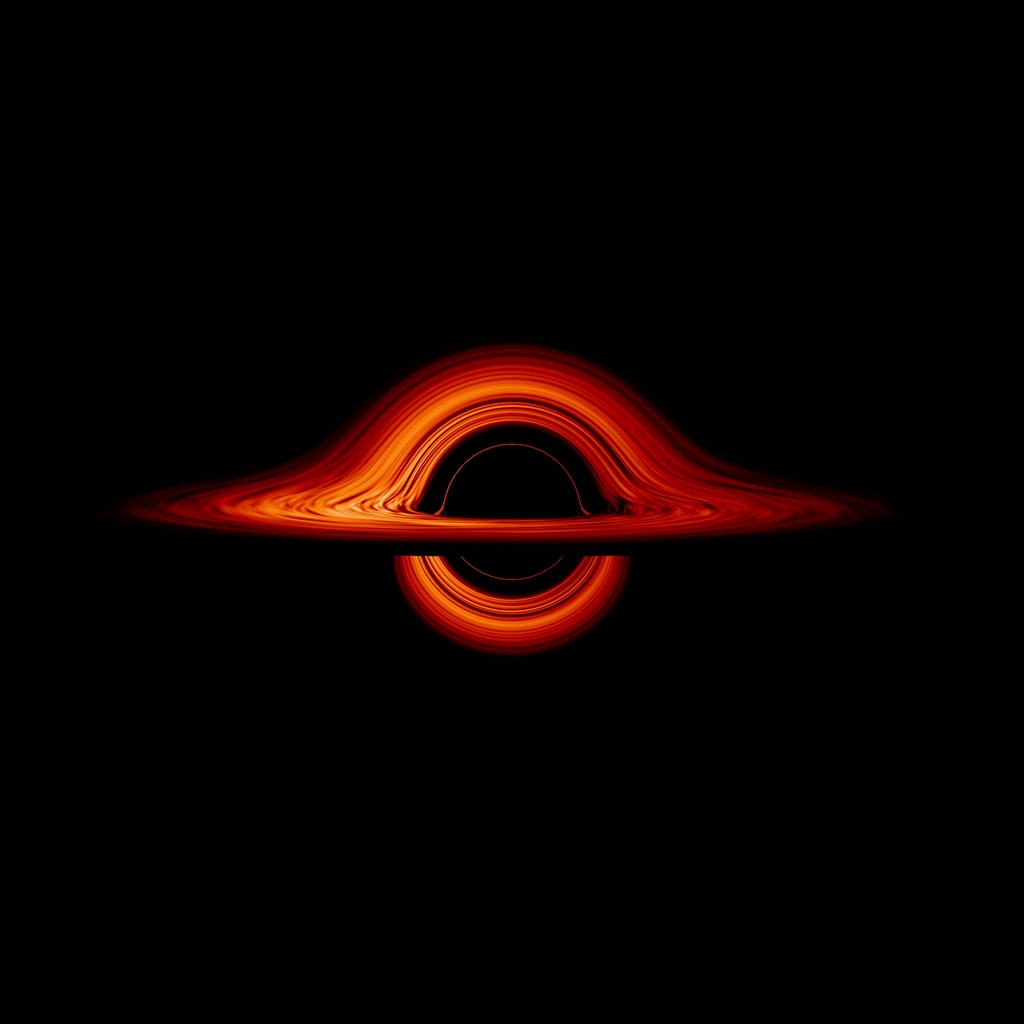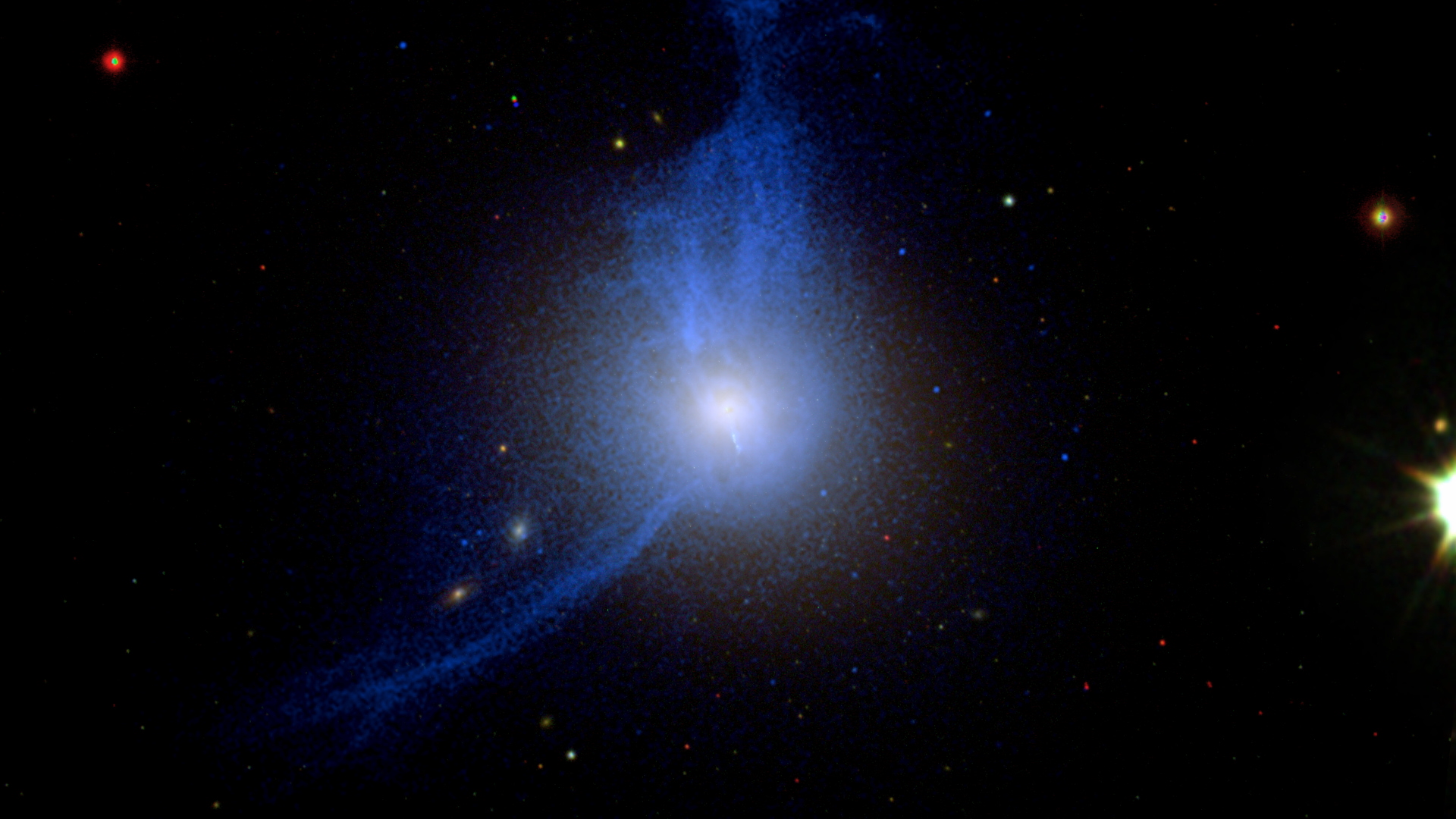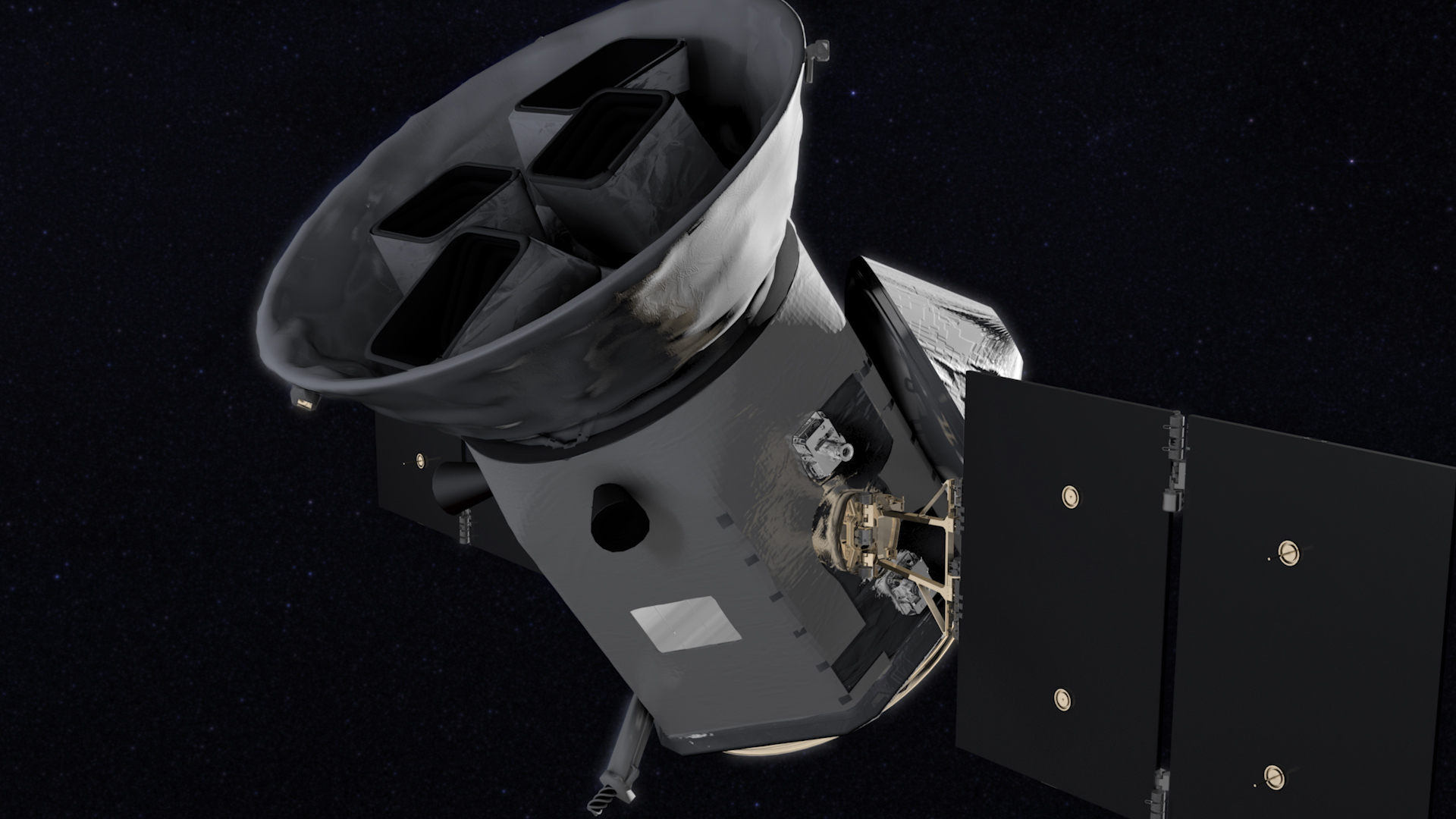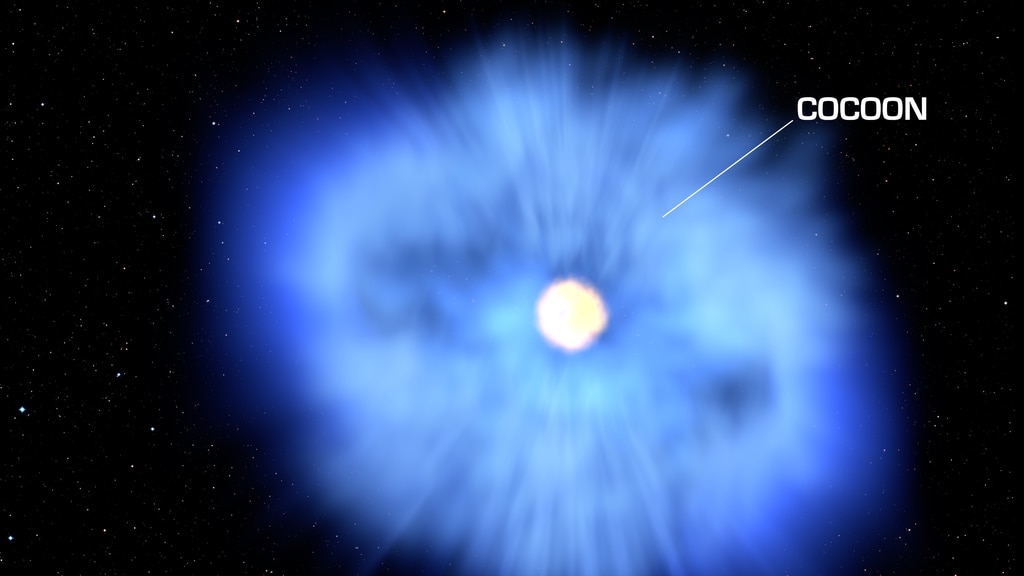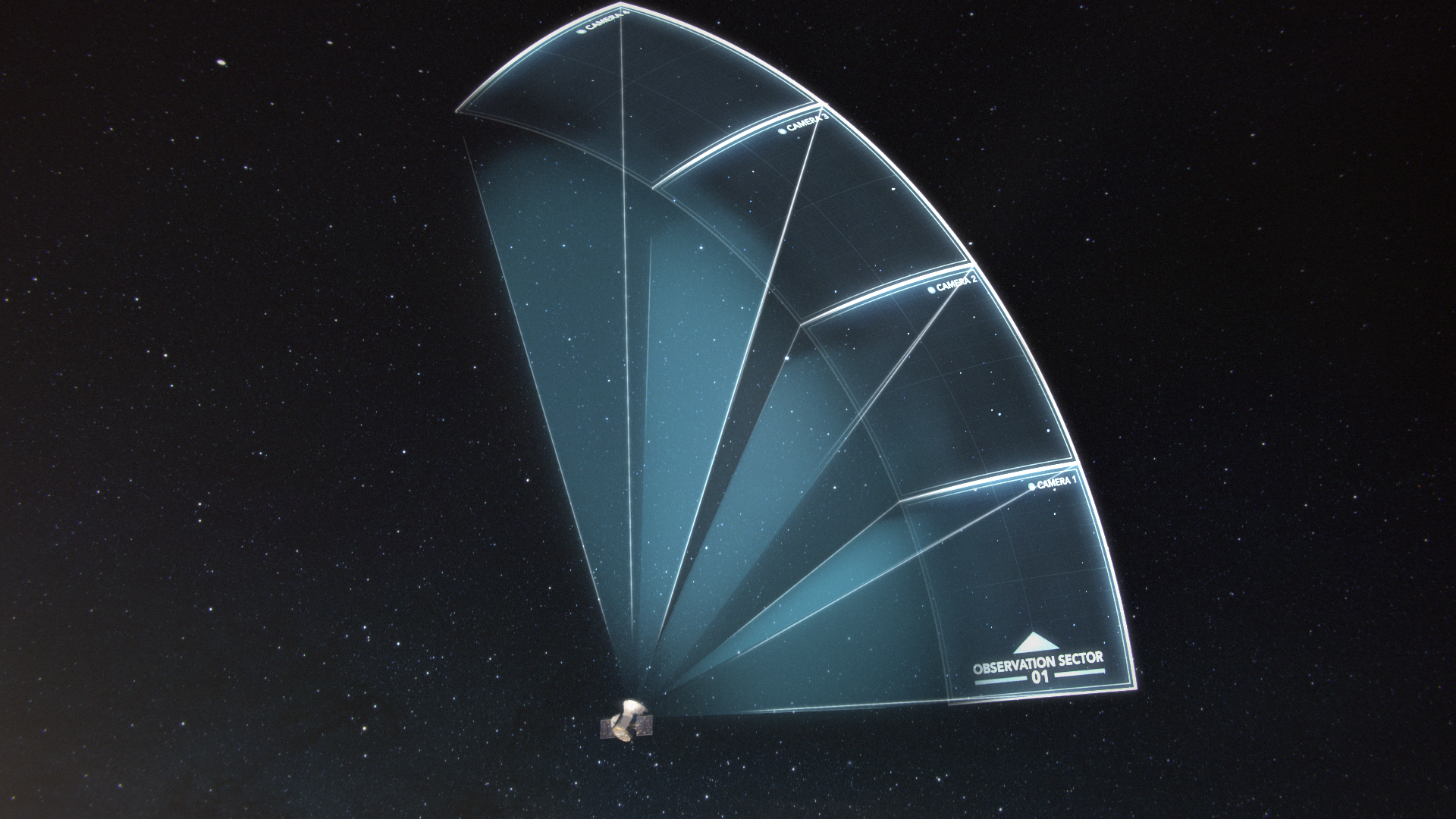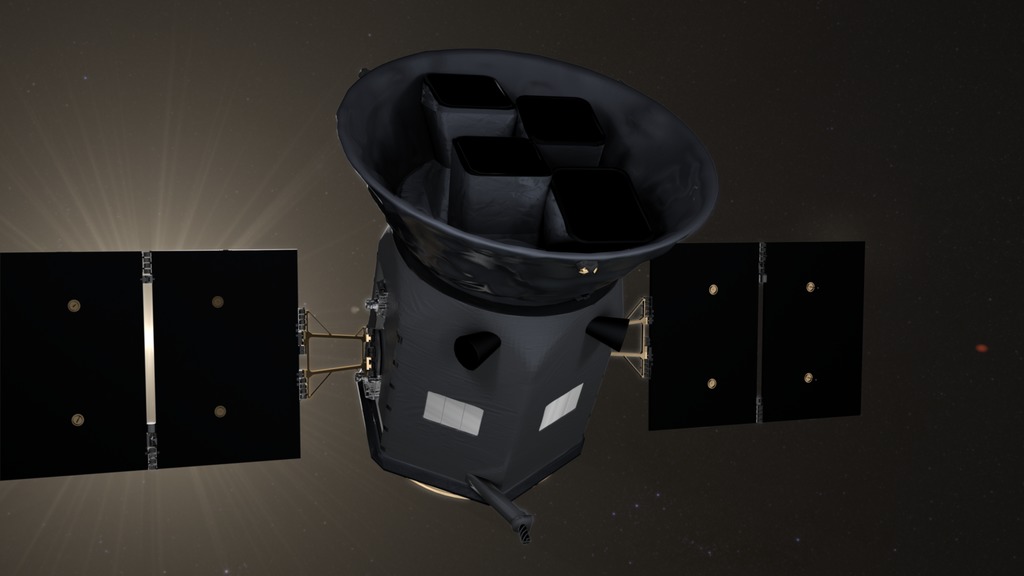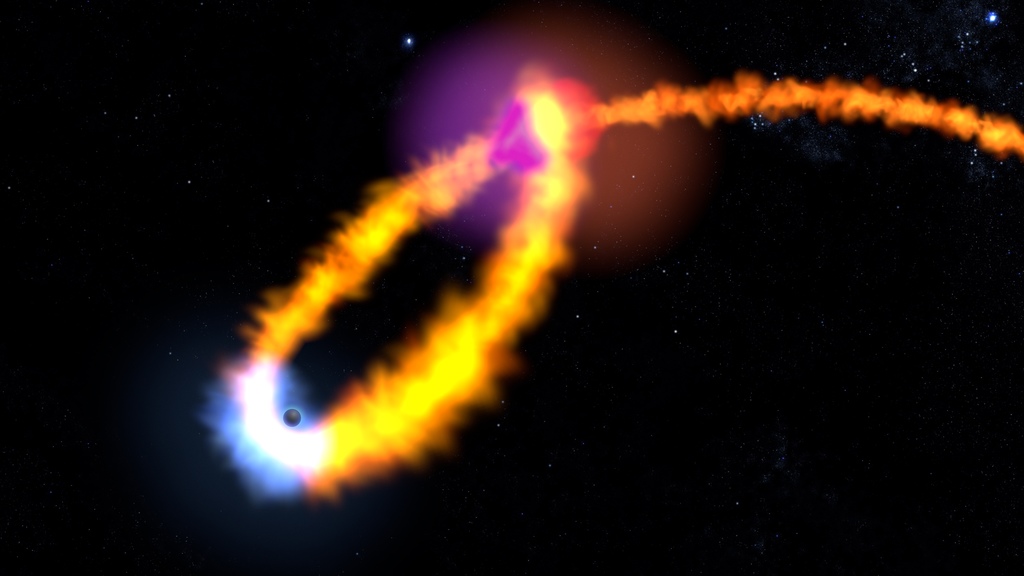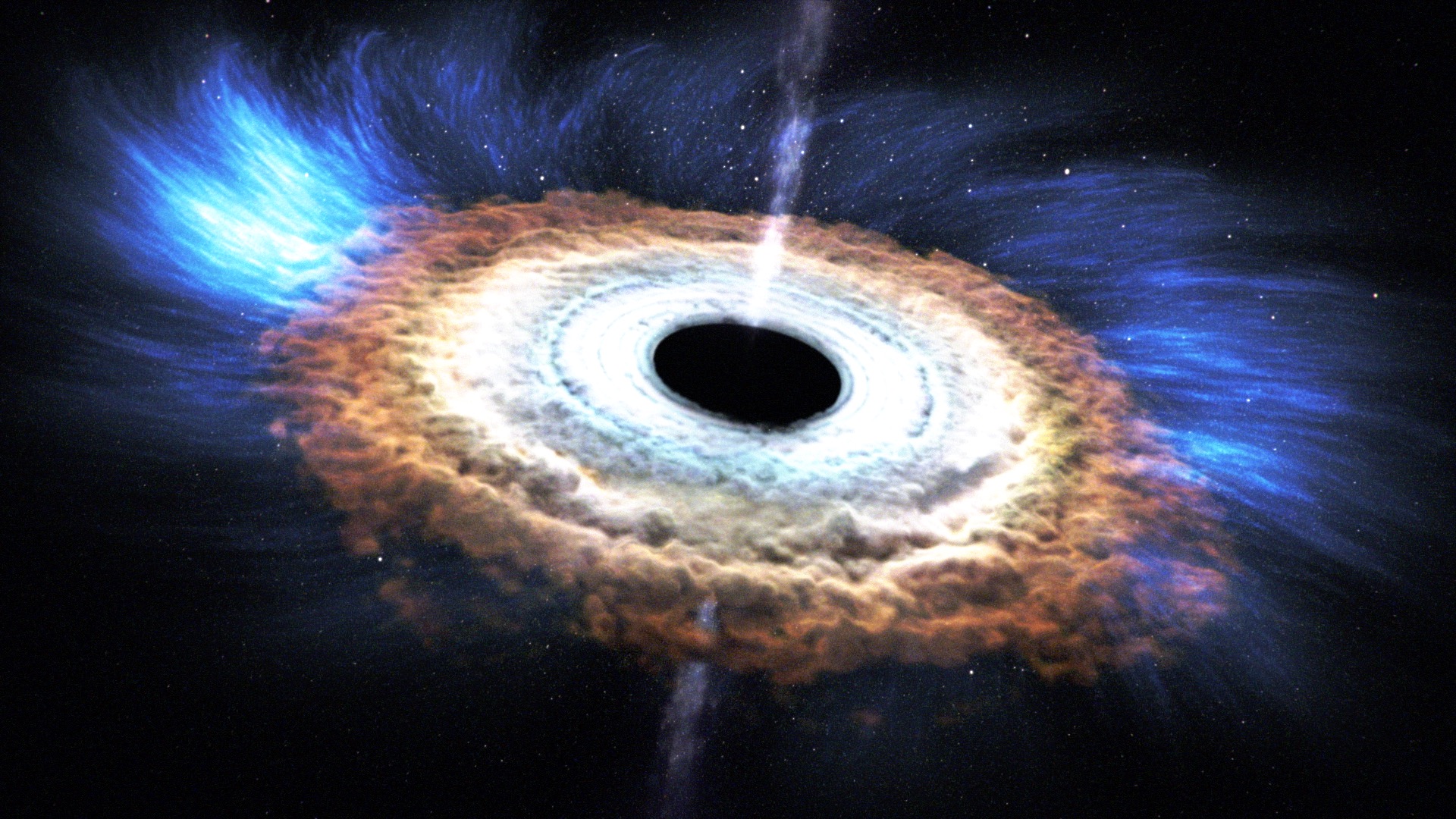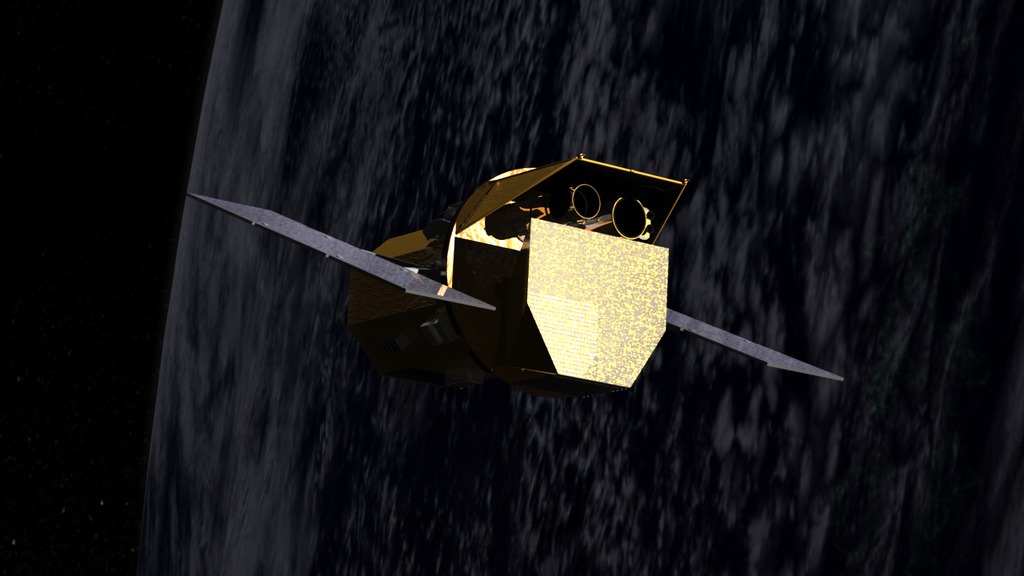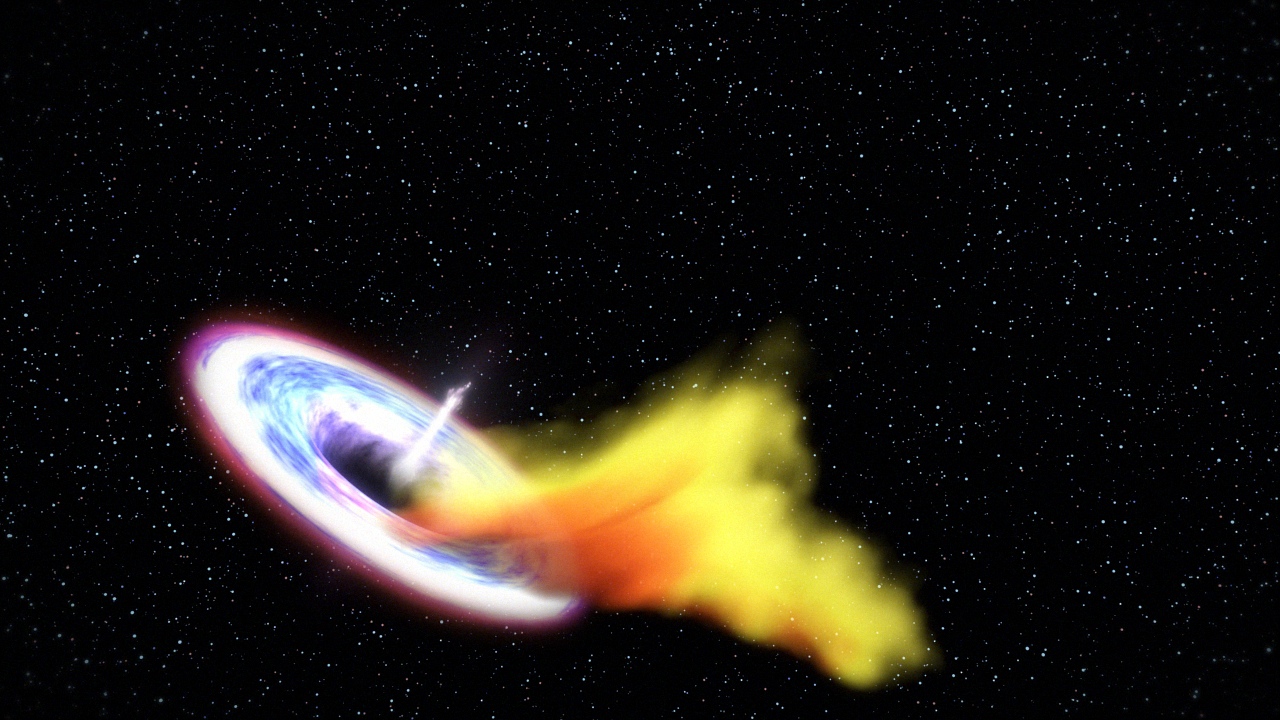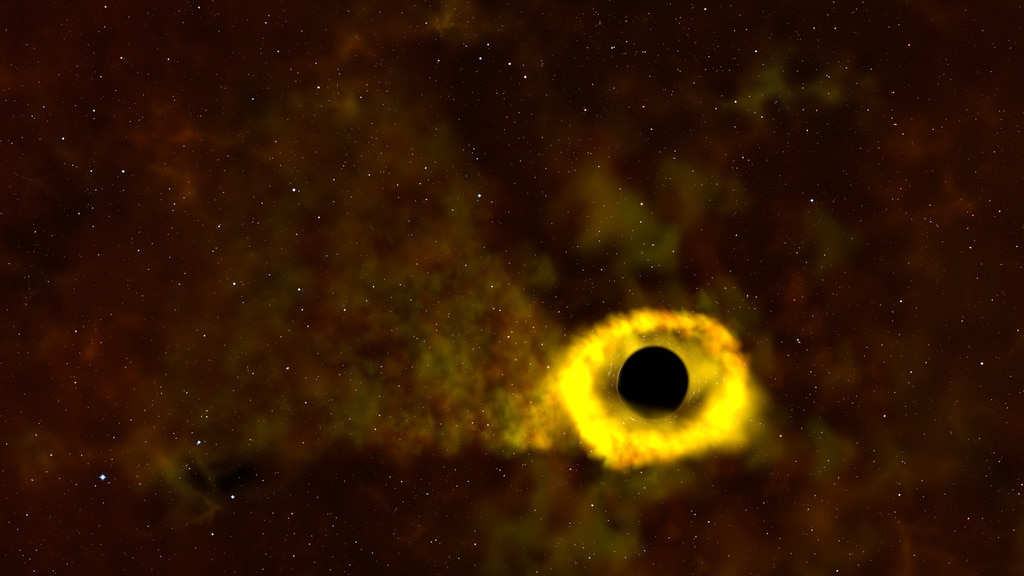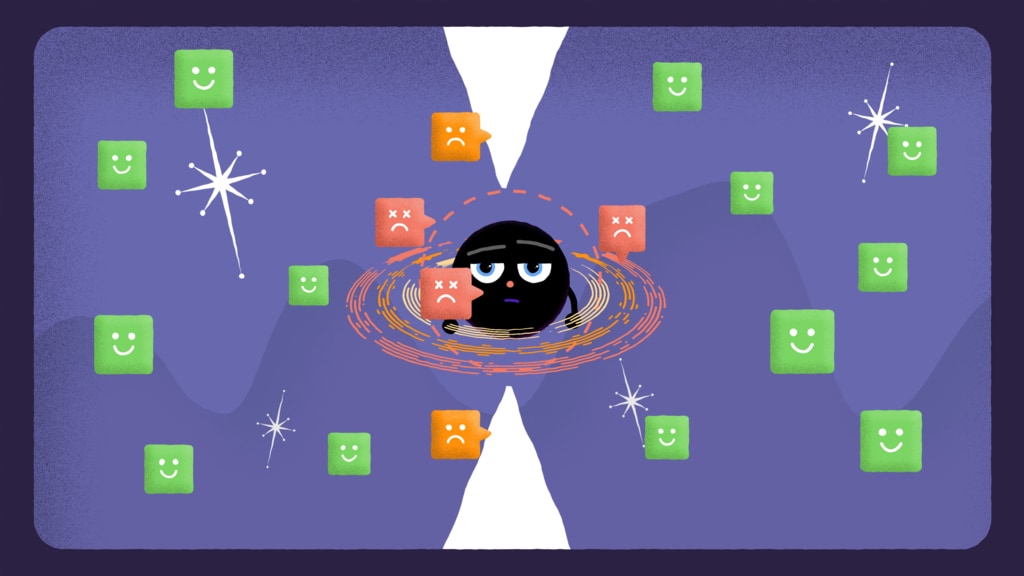Rare Black Hole Event Seen by Satellites and Ground-based Telescopes Live Shots
B-roll package that corresponds to the following:
SUGGESTED QUESTIONS
What is a black hole and what did NASA and its partners discover?
How does a black hole destroy a star?
How did NASA and other observatories work together to capture this moment?
What new things did we learn from this catastrophic event?
How far away is this black hole? Could our Sun be eaten by a black hole?
Black holes are black right? How do scientists study something that can’t be seen?Where can we learn more?
QUESTIONS FOR LONGER INTERVIEWS:
How does a planet-hunting mission help us learn about black holes?
How did the scientists involved first learn about the event?
What is #BlackHoleWeek?
QUICK LINKS TO VIDEO AND AUDIO
Click for downloadable AUDIO SOUNDBITE with NASA Scientist Knicole Colon.
Click for downloadable soundbites with NASA Scientist Knicole Colon
Click for downloadable soundbites with NASA Scientist Brad Cenko
Click for downloadable soundbites with Carnegie astronomer Tom Holoien.
NASA’s TESS Sees Its First Star-destroying Black Hole
Rare Black Hole Event Sheds Light on a Cosmic Mystery
For the first time, NASA’s Transiting Exoplanet Survey Satellite (TESS) watched a black hole shred apart and devour a distant star from the moment the violent event began. This phenomenon only happens about once every 10,000 to 100,000 years in a galaxy the size of our own Milky Way!
So what is a black hole and how hard is it to watch one destroy a star? Chat with scientists on Friday, Sept. 27, from 6:00 a.m. to 1:30 p.m. EDT to find out how they work together to spot these rare cosmic events and what we’re learning about them. Skype interviews are also available. HERE’s a link to the FEATURE STORY. And HERE for a version of it in Spanish.
Scientists know black holes are integral to the life cycle of galaxies, but they’re incredibly difficult to study. Thanks to identification and coordination by the All-Sky Automated Survey for Supernovae [ASAS-SN, pronounced like “assassin”] and observations by TESS and other missions, including NASA’s Neil Gehrels Swift Observatory, astrophysicists are a step closer to understanding some of the most mysterious objects in the universe.
Schedule an Interview
To schedule an interview please fill out our form: https://forms.gle/rH7Ct9LWqETGB1gC7
Interview location: NASA’s Goddard Space Flight Center in Greenbelt, Maryland
Satellite Coordinates
HD Satellite Coordinates for G17-K18/Lower: Galaxy 17 Ku-band Xp 18 Slot Lower| 91.0 ° W Longitude | DL 12051.0 MHz | Vertical Polarity | QPSK/DVB-S | FEC 3/4 | SR 13.235 Mbps | DR 18.2954 MHz | HD 720p | Format MPEG2 | Chroma Level 4:2:0 | Audio Embedded
Media contacts for partner institutions:
Natasha Metzler / Carnegie Institution, Strategic Communications/ nmetzler@carnegiescience.edu/ (202) 939-1142
Laura Arenschield / The Ohio State University, Research Communications / Arenschield.2@osu.edu
For more information check out @NASAUniverse and #BlackHoleWeek
Questions? Contact michelle.z.handleman@nasa.gov or 301-286-0918.
Audio soundbite with NASA Scientist Knicole Colon about the discovery. TRT :58. Click download button for this file.
Canned interview with NASA Scientist Knicole Colon. TRT 4:40
Canned intervew with NASA Scientist Brad Cenko. TRT 4:45
Canned interview with Carnegie Astronomer Tom Holoien looking off camera. TRT 5:52
Credits
Please give credit for this item to:
NASA's Goddard Space Flight Center
-
Producers
- Courtney A. Lee (ADNET Systems, Inc.)
- Michelle Handleman (USRA)
- Isabelle Yan (NASA/GSFC)
- Madison Arnold (NASA/GSFC)
- Scott Wiessinger (USRA)
- Chris Smith (USRA)
-
Scientists
- Brad Cenko (NASA/GSFC)
- Knicole Colon (NASA/GSFC)
-
Writer
- Jeanette Kazmierczak (University of Maryland College Park)
Series
This page can be found in the following series:Release date
This page was originally published on Thursday, September 26, 2019.
This page was last updated on Wednesday, May 3, 2023 at 1:45 PM EDT.
